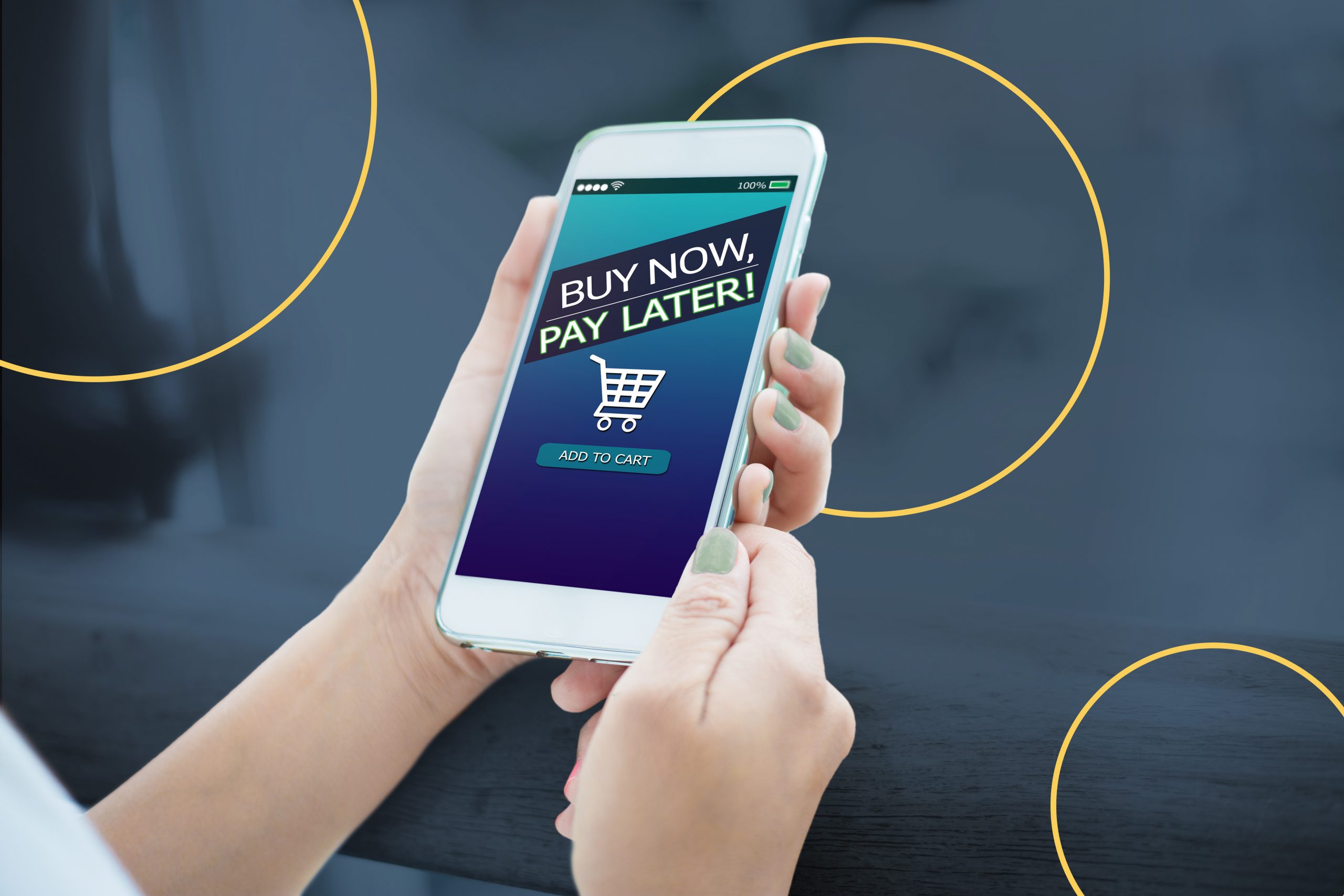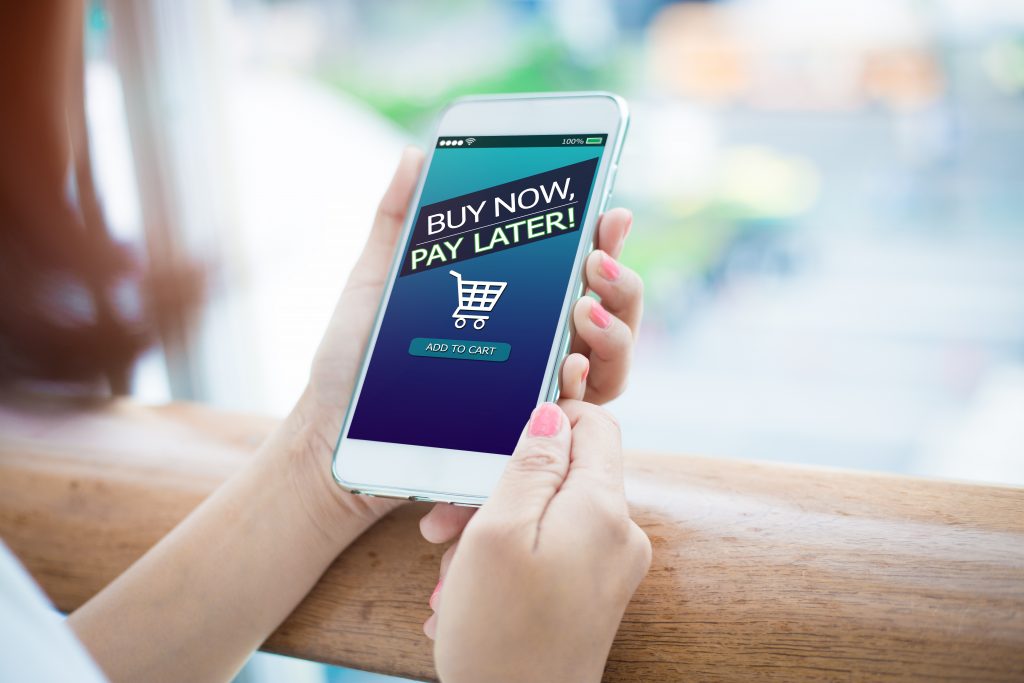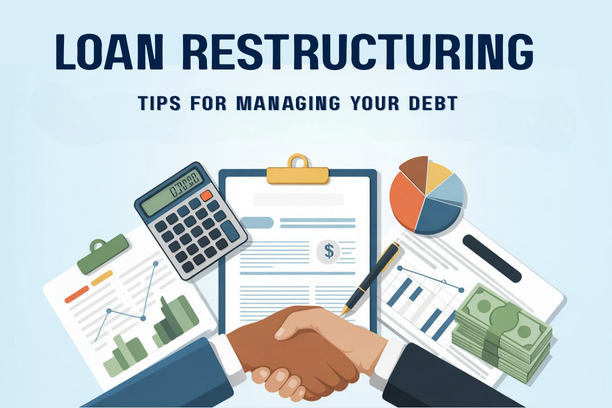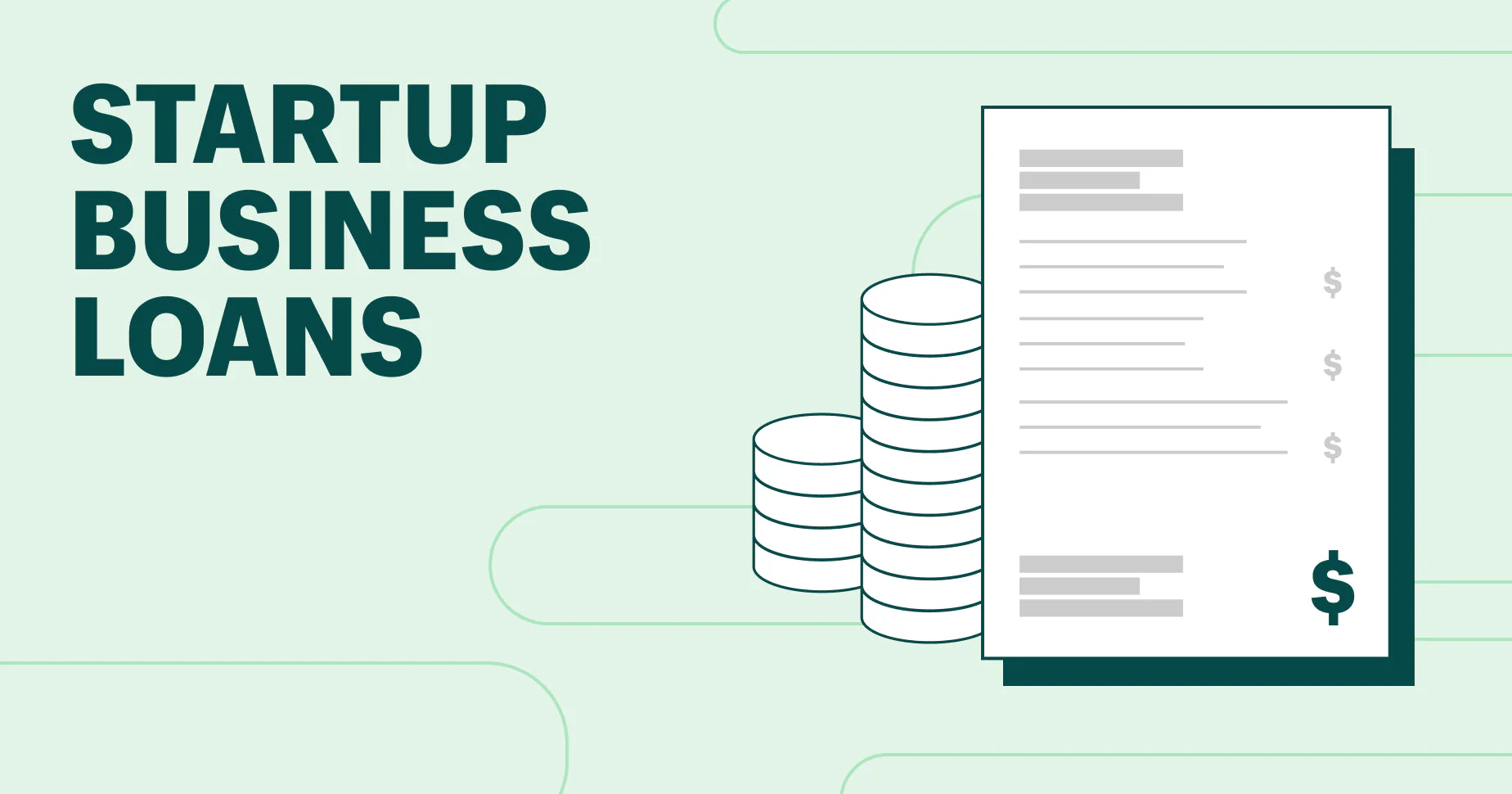The way Filipinos shop online has been transformed by the emergence of Buy Now, Pay Later (BNPL) Services in the Philippines. This innovative payment method allows consumers to purchase goods instantly and pay for them in a series of installments, often without the need for a credit card. While BNPL offers unparalleled convenience and flexibility, it’s a financial tool that requires careful consideration. This article will provide a comprehensive look at the rise of BNPL services, review some of the top platforms available in the country, and offer a guide on how to use them responsibly for your online shopping needs in 2025.
The Growing Popularity of BNPL in the Philippines
The rise of BNPL can be attributed to several factors, including the increasing penetration of e-commerce, the large number of unbanked Filipinos, and a demand for more flexible payment options. It has filled a gap in the market by offering credit to a segment of the population that traditional financial institutions have historically underserved.
What are BNPL Services and How Do They Work?
Buy Now, Pay Later (BNPL) Services in the Philippines are a type of short-term financing that allows consumers to make purchases and pay for them at a later date, typically in several equal installments. Unlike a credit card, which offers a revolving line of credit, BNPL is a closed-end loan for a specific purchase. The process is straightforward. At the checkout page of a partner merchant, a customer can select the BNPL option. After a quick and often automated credit check, they can choose a repayment plan, usually over a few weeks or months. The first installment is paid at the time of purchase, and the remaining payments are automatically deducted from the user’s bank account or e-wallet on scheduled due dates.

This model has proven particularly appealing to younger consumers and those who do not have a credit card. It provides the same purchasing power as a credit card without the need for a lengthy application process or an established credit history. Many BNPL services also offer interest-free payments for on-time repayment, which is a major draw. However, it’s crucial to understand that while the initial payments may be interest-free, the late payment fees can be substantial. The convenience of BNPL is its greatest strength, but it is a form of debt, and it must be managed with a clear plan for repayment to avoid financial trouble.
Why Filipinos Are Embracing BNPL for Online Shopping
The adoption of Buy Now, Pay Later (BNPL) Services in the Philippines has been explosive due to the unique needs of the local market. A large portion of the population is either unbanked or underbanked, with a limited access to traditional credit products like credit cards. BNPL platforms have successfully addressed this financial inclusion gap by providing an alternative. For many, it’s the only way to afford larger purchases online without having to save up the full amount upfront. The ability to split payments into manageable installments makes high-ticket items more accessible and less of a financial burden in the short term.
Furthermore, the BNPL model aligns perfectly with the growth of e-commerce in the country. Filipinos are increasingly shopping online, and BNPL services are seamlessly integrated into the checkout process of major platforms like Lazada and Shopee, as well as a wide network of partner merchants. This smooth user experience, combined with the promise of interest-free payments, has driven its popularity. The pandemic also accelerated this trend, as more people turned to online shopping for their needs. As a result, BNPL has become not just a payment option but a staple for many online shoppers, transforming their purchasing behavior and providing a new form of financial flexibility.
Top Buy Now, Pay Later (BNPL) Services in the Philippines
The BNPL market in the Philippines is highly competitive, with numerous players offering slightly different features and terms. Choosing the right one depends on your shopping habits and financial needs. Here is a review of some of the leading platforms in 2025.
Featured BNPL Platforms and Their Offerings
When considering a BNPL service, it’s important to look at the maximum credit limit, the repayment terms, and the network of merchants they partner with.
- Atome: As a regional BNPL leader, Atome has a strong presence in the Philippines. It allows users to split their payments into three equal installments over a period of three months, with no interest or service fees if payments are made on time. Atome partners with a wide range of merchants, both online and in-store, including major brands in fashion, beauty, and electronics. The application process is simple and requires only a valid ID and a mobile phone number, making it highly accessible.
- BillEase: BillEase is a well-established BNPL and lending app in the Philippines. It offers a variety of installment options, from paying in a few weeks to up to 12 months. Unlike some BNPL services, BillEase offers a cash loan product as well, providing more financial flexibility. Their service is integrated with a wide network of online merchants, and their interest rates are competitive, especially for borrowers with a good repayment history.
- TendoPay: TendoPay specializes in providing installment payments for employees and students. It partners with employers and educational institutions, which gives it a unique position in the market. The repayment is often done through salary or school fee deduction, which simplifies the process and provides a higher chance of approval. TendoPay’s focus on a specific niche makes it a great option for its target audience.
- Plentina: Plentina is a popular BNPL app that offers a fast and flexible way to pay for essential goods. The app is known for its quick approval process and its focus on convenience. It partners with grocery stores and other essential merchants, making it a valuable tool for day-to-day purchases. The credit limit is typically smaller, making it an excellent option for smaller, more frequent transactions rather than big-ticket items.
The Fine Print: Rates, Fees, and Conditions
The allure of interest-free payments can be misleading. While many Buy Now, Pay Later (BNPL) Services in the Philippines offer interest-free installments for on-time payments, the fees for late or missed payments can be substantial. It’s crucial to read the fine print carefully before you commit to a purchase.
Here is a breakdown of common fees and conditions:
- Interest Rates: While the initial installments may be interest-free, some BNPL services charge a low interest rate on the remaining balance. This is especially true for longer-term installment plans.
- Late Payment Fees: This is the most common fee in the BNPL space. If you miss a payment, you will be charged a penalty fee, which can be a fixed amount or a percentage of the overdue installment. These fees can quickly accumulate and can significantly increase the total cost of your purchase.
- Service Fees: Some platforms may charge a one-time service fee for processing the loan. This is often deducted from the total purchase price.
- Loan Repayment: Most BNPL services require repayment via automatic deduction from your bank account or e-wallet. It is your responsibility to ensure there are sufficient funds to cover the payment on the due date.
Navigating BNPL: The Pros, Cons, and Responsible Use
Like any financial tool, BNPL services have their advantages and disadvantages. Using them effectively requires a responsible approach and a clear understanding of their potential impact on your personal finances.
The Advantages of Using BNPL
The advantages of Buy Now, Pay Later (BNPL) Services in the Philippines are clear and compelling for many consumers.
- Financial Flexibility: BNPL allows you to spread out the cost of a purchase, making expensive items more manageable for your budget.
- No Credit Card Required: It offers a credit-like service to those who do not have a credit card, which is a large segment of the Filipino population.
- Interest-Free Payments: Many services offer interest-free payments for on-time repayment, which can be a more affordable option than using a credit card.
- Seamless Checkout: BNPL is integrated directly into the checkout process of partner merchants, providing a smooth and quick user experience.
The Risks and How to Use BNPL Responsibly
While the advantages are appealing, there are significant risks that you must be aware of to avoid a debt trap.
- High Late Payment Fees: The most significant risk is the high cost of late payments. A missed payment can quickly lead to accumulating fees that can make a seemingly affordable purchase very expensive.
- Overspending: The ease of using BNPL can lead to overspending. It can be tempting to buy multiple items at once, thinking you can manage the small installments, only to find yourself overwhelmed with payments later.
- Data Privacy: When you sign up for a BNPL service, you are sharing your personal and financial data. You must ensure you are using a legitimate, SEC-registered platform with strong data privacy policies.
- Impact on Credit Score: While BNPL can help you build a positive payment history, a missed payment can also be reported to local credit bureaus, negatively impacting your credit score.
To use BNPL responsibly, you should only use it for purchases you can genuinely afford. Always check the total cost of the loan, including all fees and penalties. Make a budget and ensure you can comfortably make all the payments on time.
Conclusion
Buy Now, Pay Later (BNPL) Services in the Philippines have provided a valuable and accessible tool for consumers, offering a new level of flexibility for online shopping. Platforms like Atome, BillEase, and Plentina have simplified the process of getting credit, making it a compelling alternative to credit cards for many. However, BNPL is a financial product that must be used with discipline and a clear understanding of the terms and conditions. By choosing a reputable platform, budgeting responsibly, and making your payments on time, you can leverage the benefits of BNPL while steering clear of its potential risks.













